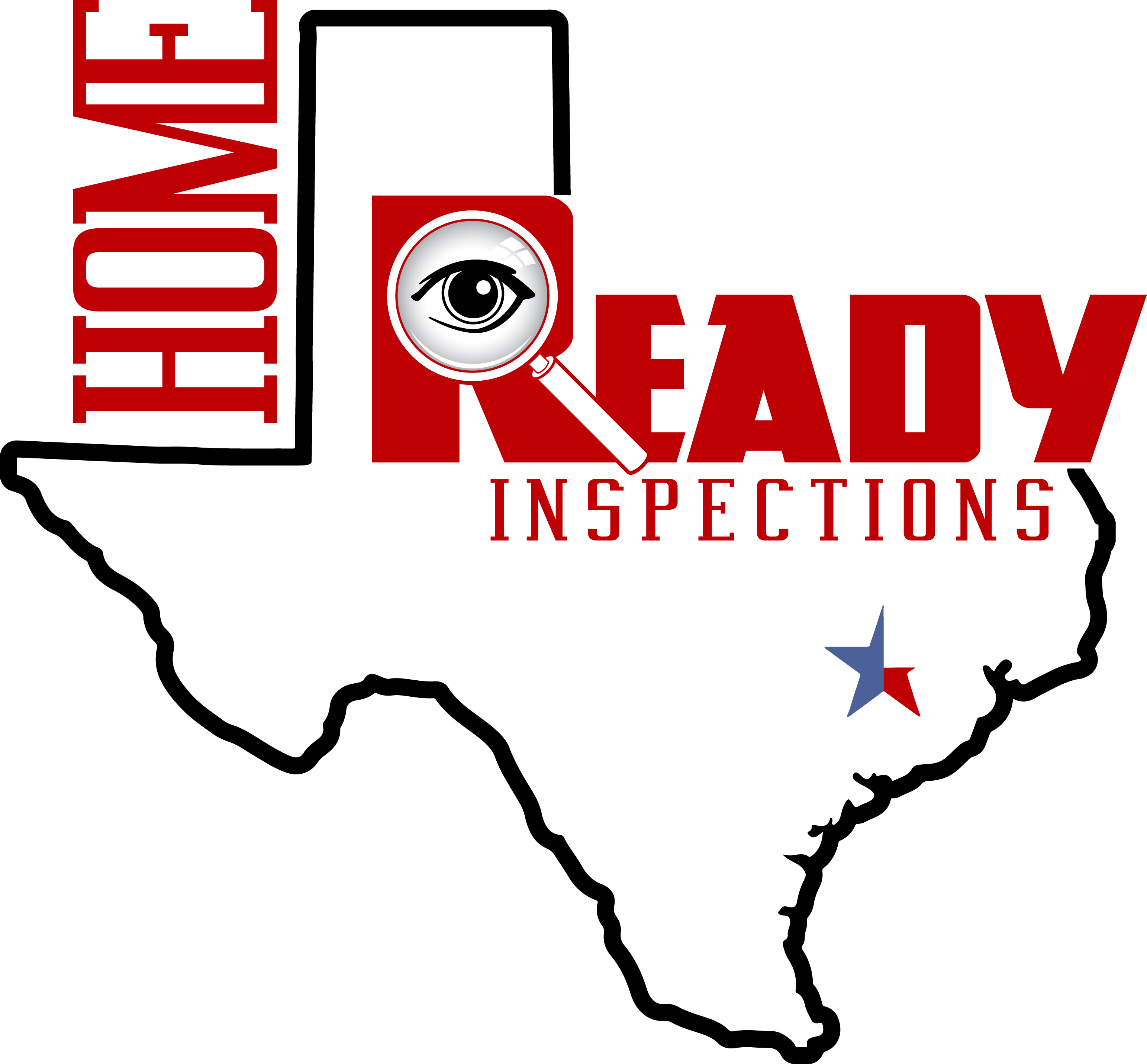
15333 John F Kennedy Blvd
Commercial Air Balancing
In the intricate dance of temperature control and energy efficiency, the often-overlooked hero is air balancing. For commercial HVAC systems, achieving the perfect balance of airflow is not just about comfort—it’s about optimizing energy consumption, extending equipment lifespan, and ensuring a healthy indoor environment. In this blog post, we’ll dive into the essential concept of air balancing and explore why it’s a crucial element in the realm of Commercial HVAC.
The Basics of Air Balancing:
Air balancing is the process of adjusting and optimizing the distribution of conditioned air within a building to meet the specified design requirements. It involves ensuring that each room receives an appropriate amount of airflow to maintain desired temperatures and air quality.
Key Components:
1. Ductwork Design:
The foundation of effective air balancing lies in a well-designed ductwork system. Properly sized and configured ducts are essential to deliver the right amount of air to each zone. Any shortcomings in the design can lead to uneven airflow, hot or cold spots, and increased energy consumption.
2. Variable Air Volume (VAV) Systems:
VAV systems provide an extra layer of control by adjusting the airflow to different zones based on their specific needs. This dynamic approach not only enhances comfort but also contributes significantly to energy efficiency.
3. Balancing Dampers:
Balancing dampers are strategically placed within the ductwork to regulate airflow. During the air balancing process, these dampers are adjusted to achieve the desired airflow in each zone. This fine-tuning helps in maintaining a uniform and comfortable environment.
Benefits of Air Balancing:
1. Energy Efficiency:
Balanced airflow ensures that each part of the building receives the necessary conditioned air. This prevents over-conditioning or under-conditioning of certain areas, reducing energy waste and lowering utility costs.
2. Improved Comfort:
Proper air balancing eliminates temperature variations, creating a consistent and comfortable environment throughout the building. Occupants can enjoy a space where the temperature is just right, regardless of their location.
3. Extended Equipment Lifespan:
When a system operates under balanced conditions, it experiences less stress and strain. This can lead to a longer lifespan for HVAC equipment, reducing the frequency of repairs and replacements.
4. Enhanced Indoor Air Quality:
By ensuring a balanced distribution of fresh air, air balancing contributes to maintaining optimal indoor air quality. This is crucial for the health and well-being of occupants, especially in commercial spaces where people spend a significant amount of time.
In the intricate world of Commercial HVAC systems, achieving the perfect balance of airflow is not just
a luxury but a necessity. Air balancing is the key to unlocking energy efficiency, comfort, and the longevity of HVAC equipment. As businesses strive to create environments that are both productive and sustainable, the art of air balancing stands out as a fundamental and transformative practice.
http://homereadyinspections.com/professional-inspection-services/
https://www.nationalcomfortinstitute.com/pro/index.cfm?pid=3085

Recent Comments